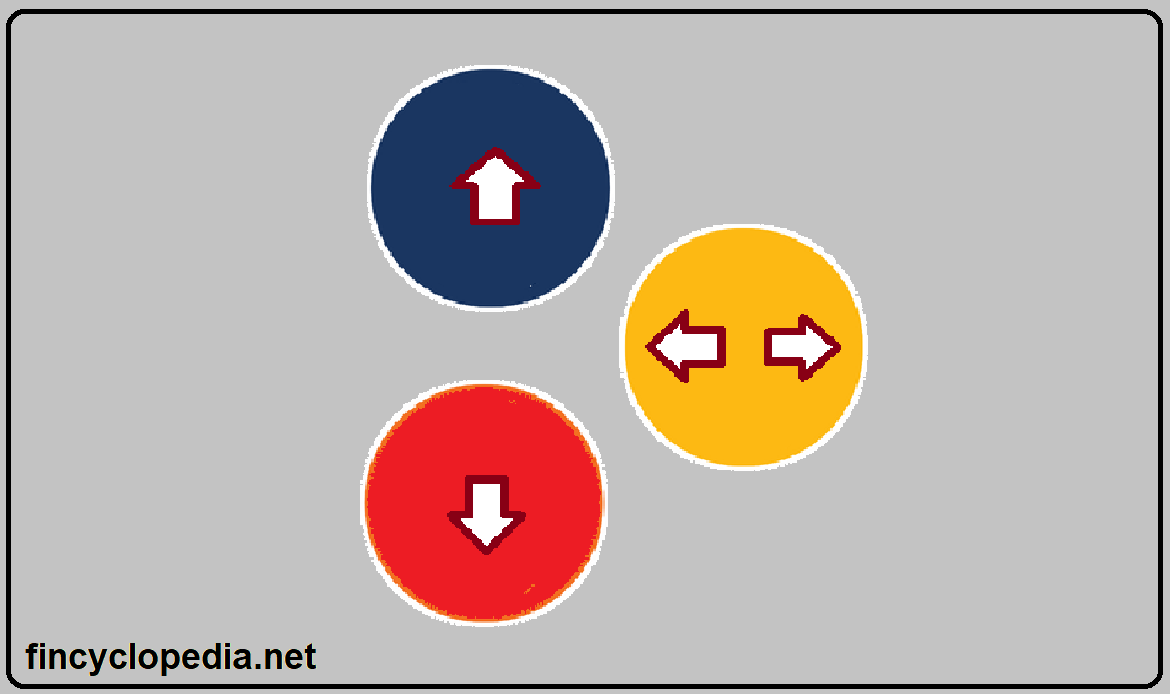Goodwill is an asset (intangible asset) whose value is reflected in the amount by which the assets of an entity exceed their collective book value. It may come from two different sources: purchased goodwill and internal goodwill.
Purchased goodwill is the goodwill that’s recognized when an entity acquires a business at a price exceeding its book value. For Example, goodwill arises if a buyer pays $,1000,000 to purchase a company having a net asset book value of $900,000. The excess amount of $100,000 paid represents the external or purchased goodwill.
Internal goodwill is self-generated goodwill that has accumulated on an entity’s reputation or brand value. For example, an entity’s profits exceed am industry’ averages. That reflects its inherent brand value or goodwill.
External goodwill embodies the future economic benefits that are, or can be, produced from a group of assets acquired in a business combination that cannot be individually identified and separately recognized. Generally speaking, it is calculated as the difference between an entity’s purchase or sale price minus its book value (or any other relevant measure such as fair value of net assets acquired in a business combination).
Goodwill is the reputation of an entity (typically, a business entity), that’s not easily tradeable on its own (there is no readily available market for goodwill trading). In accounting, it will always have a debit balance. As an asset, it also needs to be written off over its useful life, though this not always the case. Specific entities build up their reputation and goodwill over time, and more time such entities remain in business the more goodwill they accumulate. In general, and under normal conditions, the write off of goodwill aims to match the revenue with expenses (the matching concept). Write off is a reduction in the recorded value of goodwill over time (period to period), in a manner similar to amortization. It is carried out by means of a test (for goodwill impairment) in an ex-post manner.
The write-off is a non-cash item that reduces the amount initially recognized as the excess of purchase price over fair value of net assets acquired. The journal entry of a goodwill write-off, in such a case (external or purchased goodwill) is as follows:
Goodwill amortization (write-off) account (debit), xxxx
Goodwill account (credit), xxxx
The amount (xxxx) being the goodwill amortized at the end of a respective reporting period.







